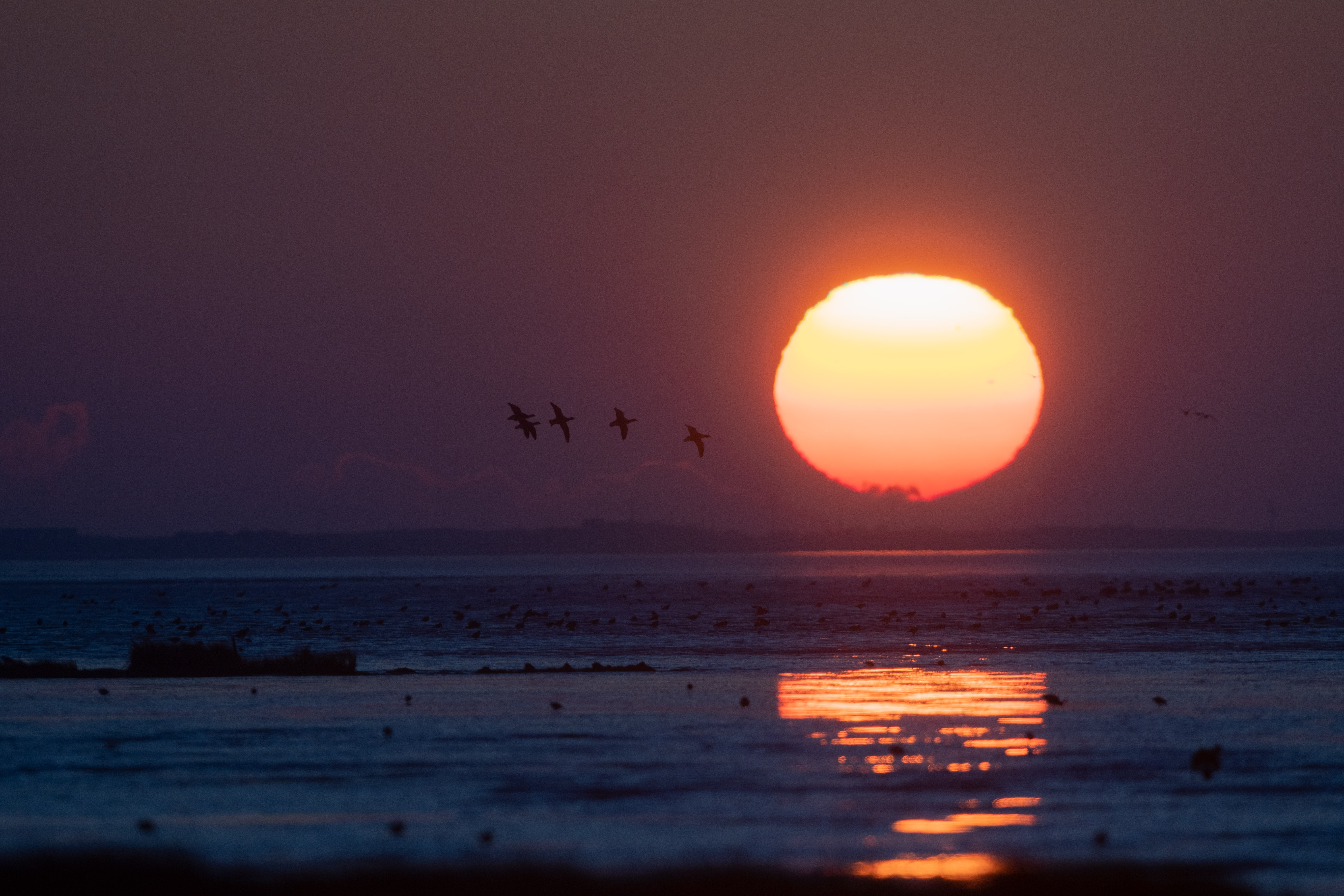29 Jan
Recreational Disturbance
Wildlife
Recreational disturbance is when activities that people do for enjoyment (recreation) impact on local wildlife and habitats. All activities could potentially lead to disturbance, but if done in a responsible way, we can avoid or reduce the impacts of recreation.
Some activities that may lead to disturbance includes walking, photography, flying drones, off-roading, paramotoring, bait digging and dog walking (especially off-lead). So in short - anything could lead to disturbance! These activities are not inherently bad, and so there are ways to reduce disturbance.
Some examples of how to tell when an animal has been disturbed includes:
Animals begin calling, alerting others of the threat.
Birds fly off their nest, leaving it unprotected.
Animals leave the area, causing them to waste precious energy.
Disturbance can also cause direct damage to habitats, such as saltmarsh damage from off-roading vehicles or trampling underfoot.
It's incredibly important that people use our beautiful local areas to enjoy their favourite activities. We know that getting outside and connecting to nature is great for our health and wellbeing. But doing so in a responsible way will make it safer and more enjoyable for both people and nature!
Some simple steps for reducing disturbance includes:
Following paths in nature reserves and national parks.
Pay attention to signs and information boards that point out vulnerable species and habitats.
Keep your dogs on a lead when there is wildlife around, and if they're off lead, make sure they have great recall!
If you love doing your activities by the sea, learn more about our wonderful shorebirds from: Space for Shorebirds, Bird Wise North Kent and Bird Aware Solent.
The Humber is home to protected species and valuable habitats, and so we want to try and keep disturbance to a minimum. To report any recreational disturbance you spot around the Humber, you can complete our web form here. This research gives us an indication of what activities are happening where, and how we can best work in partnership to reduce some of these effects.
LY


